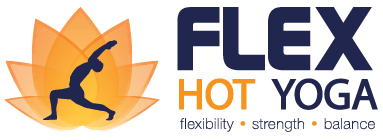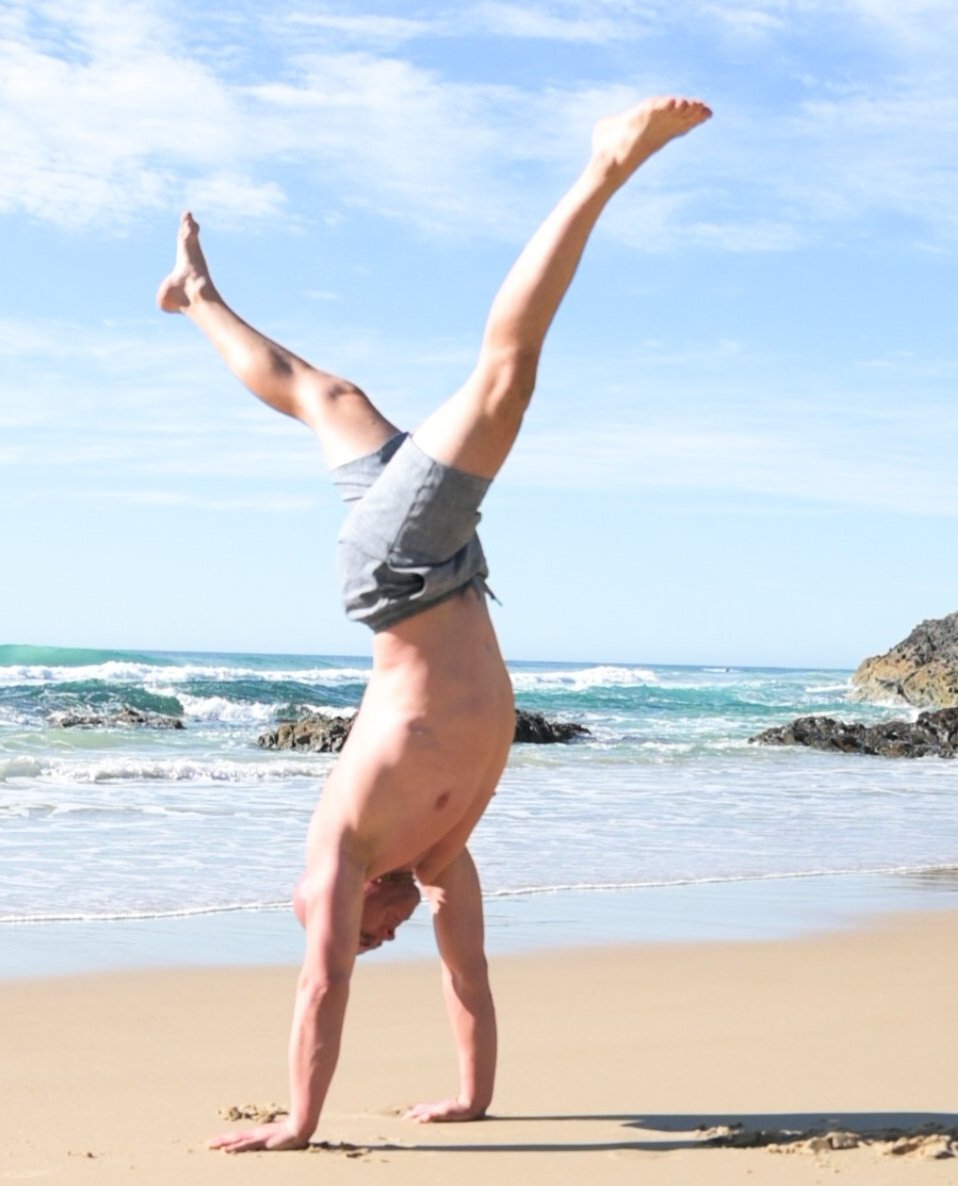Posture of the month: Adho Mukha Vrksasana (Handstand)
Some postures, we simply have to come back to over and over again to practice and perfect them. One of the biggest hindrances in yoga (and, really, everywhere in life) is complacency - thinking we’ve got it all down pat. So here’s a golden opportunity to remind yourself that there’s no such thing as ‘knowing it all’ - a month worth of practicing handstands. You’re welcome!
In Sanskrit, Adho Mukha Vrksasana means 'Downward Facing Tree' (from adho: downward, mukha: face, vrksa: tree and asana: posture), because in its basic form, it is the exact inversion of the regular tree posture.
Change your perspective for health and happiness
The health benefits you can expect from practicing handstands over time include improved circulation and heart health and stronger spine, shoulders, hands and wrists. In addition, by changing our perspective (quite literally, upside-down), we can calm our mind and increase our clarity of thought. Who wouldn’t want that? Especially, if this - in return - relieves stress, anxiety and fear, and leads to more emotional balance and stability. Once we have overcome our fear of falling over, that is …
Are we the Doer? - Learning to let go of the need to control
Beginner and even some more advanced yogis might shy away from handstands because their fear of falling is overwhelming. A natural response - after all, our mind is in charge of protecting us. So we hold ourselves back and try it half-heartedly, or never try at all.
In researching this article, I came across a fascinating blog post on a website called ‘Be Here Now Network’ with Mindfulness and Spirituality Podcasts. There, author Dr. Manoj Chalam brings up a fascinating point around ‘Being the Doer’ vs. ‘Surrender’. The following is a summed up version of his text:
“All the yogic sadhanas (practices) you do such as meditation, chanting, Karma Yoga, etc are designed to purify the mind. It is like cleaning the dust off the mirror of our mind. The sun is always shining, however when the mirror of the mind metaphorically has dust, it’s difficult to see the light of pure consciousness. The yogic practices are designed to purify the mind for the highest teachings of Jnana (Self Knowledge) that leads to freedom or Moksha.
Freedom - represented by the flame Lord Shiva holds in one hand - is achieved through the fire of Jnana, where all lifetimes of darkness are lit up with the fire of Knowledge. The latin word video (to see) comes from the sanskrit Vidya (knowledge). Avidya means we are ignorant of our true nature as unconditioned consciousness. (…)
A spontaneous alchemy of transformation happens where then legs go up and the hands go down. All sense of doership is gone in this state. When you do a handstand in yoga, the muscles of your hands and legs are contorted with stress. In Moksha Tandava, (Upside down Shiva, representing Ultimate Freedom) it is just effortless grace because you realise that nobody really does anything. The main aspect of enlightenment is that the sense of doership is gone. Besides “up and down” are relative terms in maya. Somebody looking at us from outer space thinks we are upside down. There is no up, no down. Everything is divine, auspicious consciousness.”
Are you ready to work not only on the physical aspects of your handstands, but also to make this month a practice of surrender to the fact that many times in life you are not in control? Maybe practicing Adho Mukha Vrksasana can help you focus on doing all you can to succeed, and then let go and allow grace to do the rest. Wouldn’t that be an awesome principle to embody in 2020? Allowing ourselves to receive grace …
Trust that with this in mind, you will love your handstands even more. Join us at Flex for daily progress - see you on the mat!!






